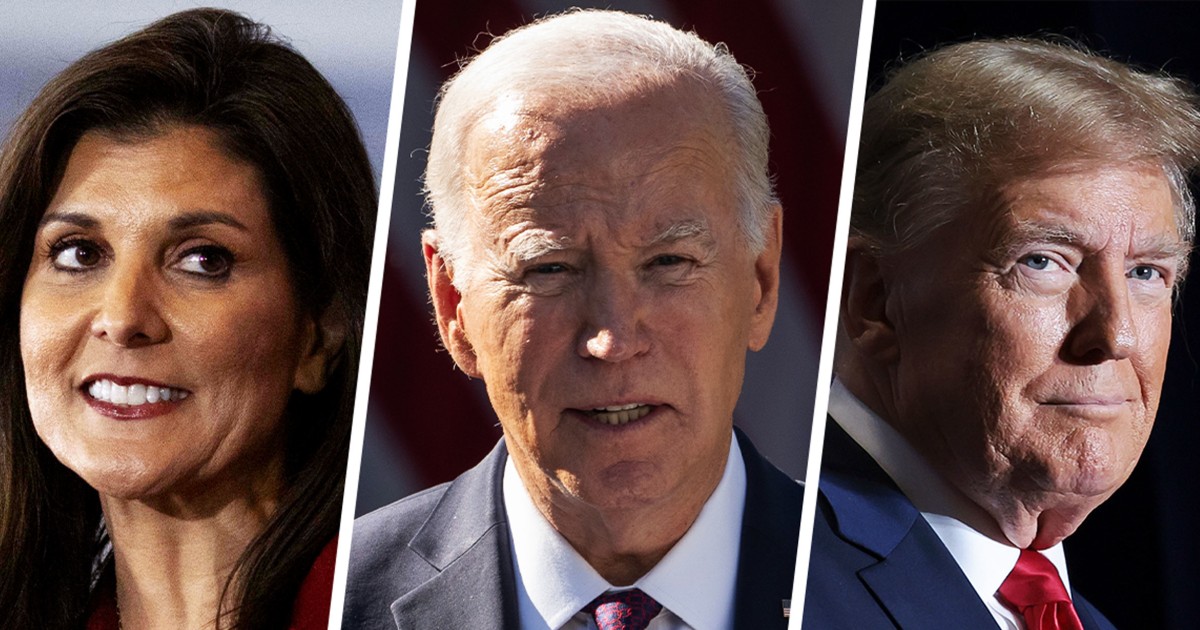Donald Trump is surging ahead in the primaries, positioning himself as the clear frontrunner for the Republican presidential nomination. However, a common interpretation of these victories suggests that he is encountering significant challenges among independent voters, potentially signaling trouble for the general election.
Yet, a deeper analysis of general election polling paints a different picture. Among independent voters, Trump’s standing appears more favorable, indicating a disconnect between his performance in the primaries and his prospects for the general election. This seeming inconsistency can be explained by recognizing the distinct characteristics of these two voter groups.
In the primaries, Trump faces notable weakness among independents. Despite his dominance within the Republican Party, he continues to lose a considerable portion of the vote, particularly among independent voters who play a pivotal role in the November elections. Exit polling data illustrates the extent of Trump’s struggle to garner support from this demographic.

However, recent general election polling suggests a different narrative. Trump’s standing among independent voters shows signs of improvement compared to the 2020 election, albeit with a significant portion expressing dissatisfaction with both candidates. Moreover, his support among Republican voters remains robust, with overwhelming backing in recent polls.
This apparent contradiction can be reconciled by examining the dynamics at play. A portion of voters who supported other candidates in the primaries, such as Nikki Haley, indicated willingness to rally behind Trump in the general election, contributing to his strong support among Republicans.
Dissatisfaction with President Biden among independents may motivate some to vote against him and, by default, support Trump.
However, a substantial portion of primary voters, particularly those who align with the “Trump resistance,” remain steadfast in their opposition to him.
Many of these voters, primarily white, college-educated individuals from suburban areas, have consistently mobilized against Trump and the Republican Party. This energy was evident in recent special elections, where high turnout among this demographic buoyed Democratic candidates to victory.
The influx of “resistance” voters into GOP primaries, facilitated by open participation rules in states like New Hampshire, South Carolina, and Michigan, underscores the intensity of anti-Trump sentiment within this group. This phenomenon explains fluctuations in support for candidates like Haley, whose performance correlates with the concentration of college-educated white voters in a given area.
Ultimately, while Trump may face challenges among independents in the primaries, this may not necessarily translate to weakness in the general election.
The fervent engagement of anti-Trump voters, particularly in key battleground states, could prove decisive in November, potentially tipping the scales in favor of the Democratic Party. Thus, what appears as a vulnerability for Trump in the primaries may be a familiar pattern reflective of broader political dynamics.






















